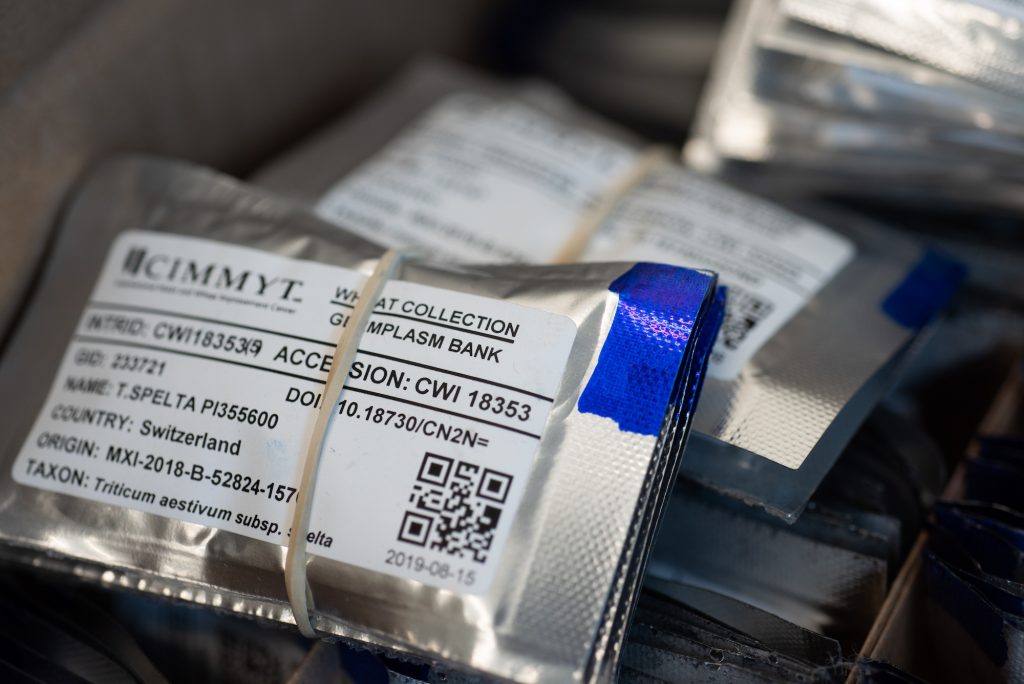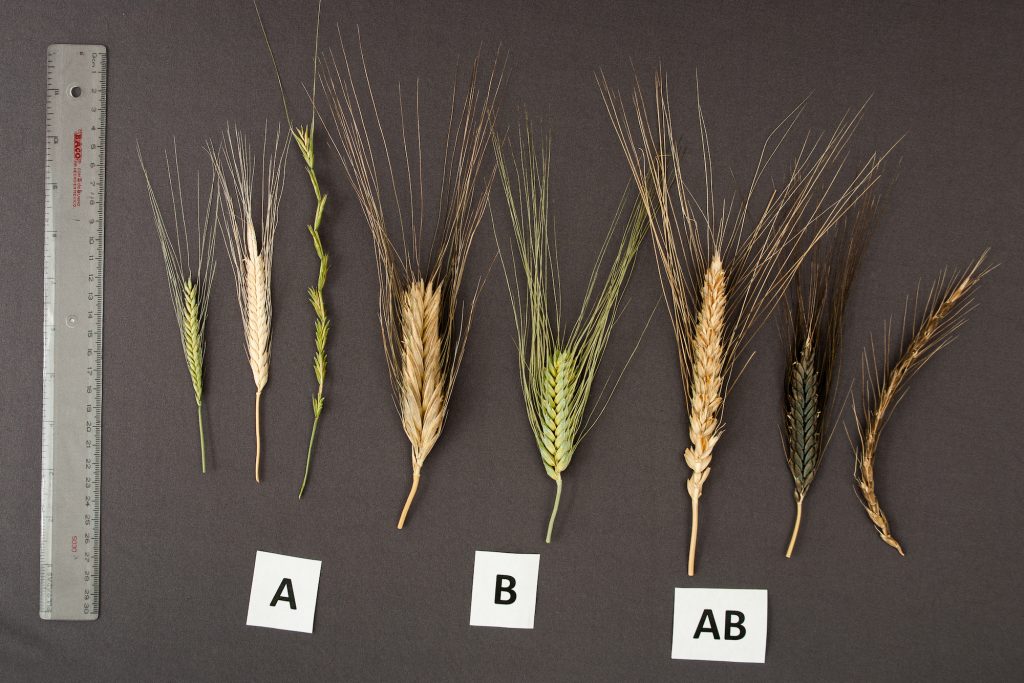Keys to Unlock the Value of Germplasm Collections
Scientists from across the CGIAR, partners and donor organizations met recently to identify opportunities for enhancing use of crop germplasm collections. Hosted by the CGIAR Genebank Platform, the workshop addressed how CGIAR genebanks can serve current, emerging and future demands.
This piece by Alison Bentley was originally posted on the CGIAR Genebank Platform website.

Genebanks for agricultural development
As critical conservators of biological and genetic diversity genebanks can also play a significant role in securing future food security. Pathways include use of crop genetic resources in research, breeding and direct release and use by farmers. The impending challenge of agricultural adaptation to climate change and the need for enhanced nutritional outcomes provides a powerful narrative to frame the future opportunities.
Andy Jarvis described the mining of novel traits for future climate change scenarios, which, when connected with modeling can inform multi-trait breeding strategies to meet the spectrum of climatic-related demands.
Roseline Remans added to this with a call for genebanks to be mobilized for food systems transformation efforts to address the multiple dimensions of malnutrition.
Bundling solutions along the food value chain (from production to consumption) could see new opportunities to introduce genetic resource indicators into the mainstream food system, thereby raising consumer awareness to drive forward demands.
Delivering to diverse end-users

Genebanks have several different, but complementary user groups, adding to the complexity of targeting utilization.
Damien Platten described the mobilizing effect of upstream research on crop genetic resources, which acts as an important conduit to further uptake of interesting traits and variation by breeders.
Connection of this research to demand in breeding products was highlighted by Valheria Castiblanco highlighting where research catalyzes impact into elite cultivars, ensuring downstream relevance and use. The direct deployment of crop genetic resources presents another opportunity for enhancing usage, particularly for crops with low breeding efforts.
Maarten van Zonneveld demonstrated distribution of popular traditional vegetables seed kits to farmers in east Africa as a promising approach to accelerate the use of genebank collections.
Finding the needle in the haystack
As vast repositories, genebanks can be viewed as black box collections of diversity. Technology and informatic advances provide new opportunities to target, inform and enhance future use.
Nils Stein and Angelique D’Hont demonstrated the power of genotyping: from basic markers to whole genome sequencing to reduce the complexity of genebank collections. Applying high-density genotyping methods to genebank collections is now becoming feasible: from both a technical and cost perspective although bioinformatic tools are required to extract maximum value.
As collections become more genetically tractable the connection of this diversity to function will require new phenotyping capacity.
Lee Hickey and Sebastien Carpentier both addressed the so-called “phenotyping bottleneck” presenting strategies such as use of predictive proxies to assess complex traits at scale, and the narrowing down of extremes for detailed profiling, particularly relevant for long-cycle crops.

The collection connection
Ultimately, germplasm collections and their associated data need to be assembled and processed to provide meaningful data for next users.
Sarah Hearne highlighted the Excellence in Breeding trait augmentation approach to accumulating trait diversity, as well as new data-driven approaches to target germplasm for use based on environmental factors.
Jacob van Etten followed with novel methods to use performance-driven metrics for identifying superior performance through citizen science capturing end-user demands. Overall, the workshop presentations and discussions highlighted the many opportunities for accelerating use of vast and valuable genebank resources.
Genetic characterization serves as a first step to uncover value and can be combined with smart phenotyping and analytics approaches. Continuous engagement with diverse end-users is a necessity for ensuring relevance and application into impact. This will serve as a key to unlock the potential of genebanks as both conservators and promoters of the vast diversity they hold.




